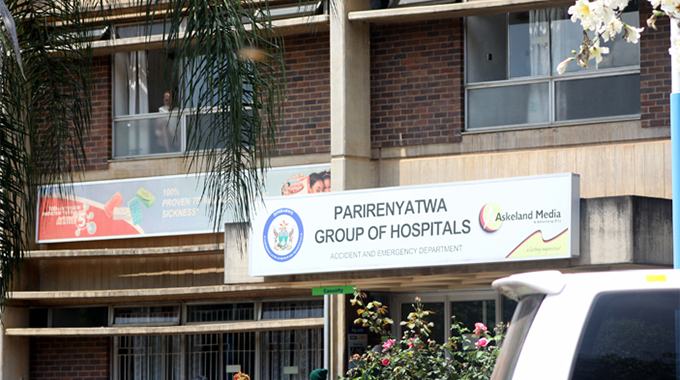Manicaland tops in child births
Rumbidzai Mashayahanya Manicaland Correspondent
WOMEN in Manicaland bear the highest number of children compared to their counterparts in other provinces, latest statistics by the Zimbabwe National Family Planning Council (ZNFPC) show.
Manicaland ranked highest in the country, with a Total Fertility Rate (TFR) of five compared to a national average of 4,1. The TFR is the average number of live births a woman would have by the end of her child-bearing years.
ZNFPC executive director Dr Munyaradzi Murwira said the high TFR for Manicaland remains a concern for the reproductive monitoring centre.
Speaking at the launch of the State of the World Population Report in Mutare recently, Dr Murwira said more needed to be done to bring the province’s TFR to below the national average through more contraceptive uptake awareness campaigns and elimination of early marriages.
“Generally, fertility decreases with the increase in women’s education and household wealth. In most cases women with no education have more than twice as many children, on average, as women with more than secondary education.
“It is prudent that we promote high literacy on modern methods of contraception to contribute to low fertility rate in Manicaland,” Dr Murwira said.
ZNFPC also cited the Zimbabwe Demographic Health Survey, which indicates that Manicaland province’s high TFR of five is followed by Masvingo, Matabeleland North and Mashonaland Central provinces at 4,4 respectively.
United Nations Population Fund (UNFPA) country representative Dr Esther Emuia told The Herald that different organizations in Manicaland must come together to find ways of emulating and even exceeding the highest contraception prevalence rates of 72 percent recorded in Bulawayo, up from the province’s ball-park figure of 65 percent.
Religion
Dr Emuia said it was important for couples to understand that family planning was not about limiting but rather spacing for healthy families and reducing maternal mortality rates.
“The probability of maternal and neo-natal mortality and morbidity are reduced and this in turn increases survival chances of infants in areas where there is lower TRF. It could also mean that there is a higher chance for evenly distributed resources among the population,” she said.
Manicaland province’s high TRF was also attributed to religious and cultural practices that are predominant in the province and accounted for the high fertility rate.
Government is targeting to reduce the country’s fertility rate to three children per woman by 2020.







Comments